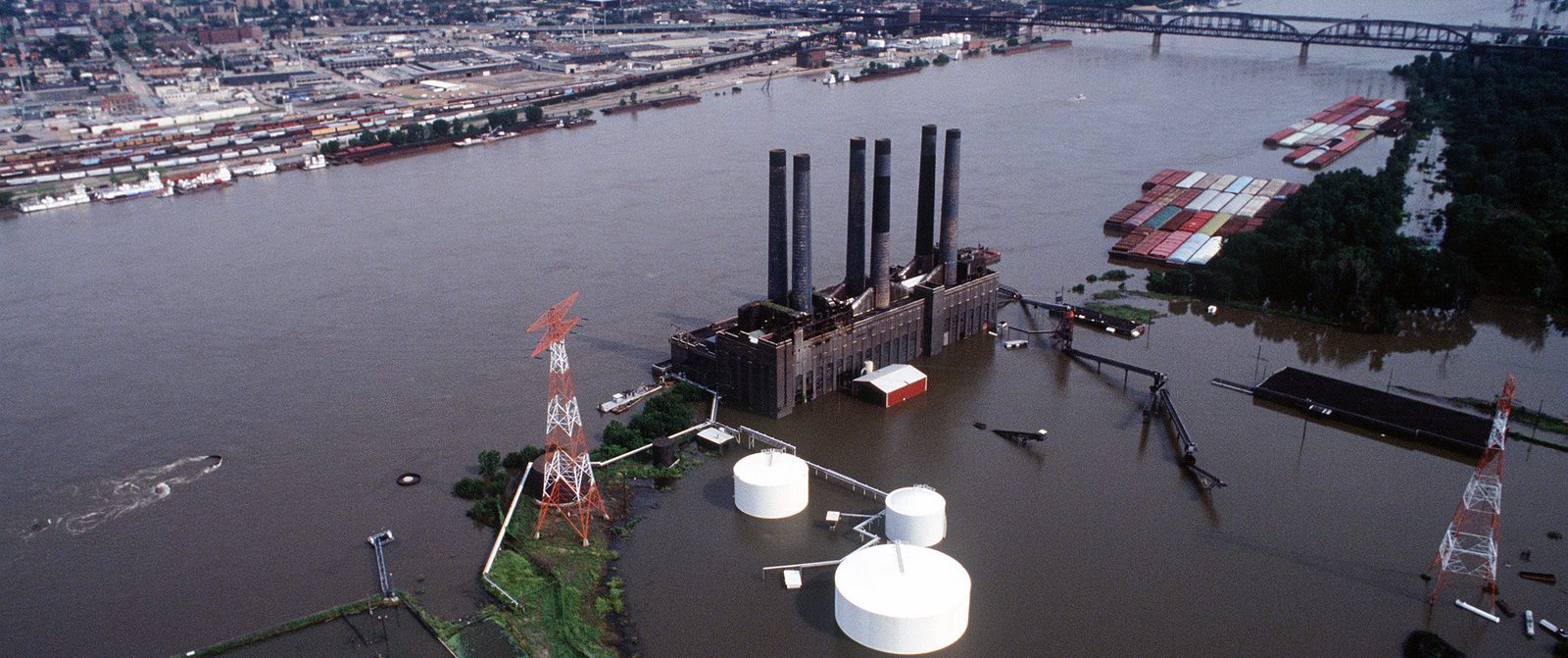
December 8, 2020
By Matthew E. Kahn, Mac McComas, and Vrshank Ravi | In partnership with the American Flood Coalition
Water, and proximity to water, has driven economies for centuries. Water provides us with substantial benefits and economic well-being, including trade through ports; jobs in tourism, entertainment, fishing, and resource extraction; and recreation for local residents. Living and working close to water, however, also brings with it risks, such as loss of life and property through flooding from hurricanes, sea level rise, storm surge, and heavy rainfall.
People and places can protect themselves against this risk by investing in flood resilient infrastructure, such as living shorelines, stormwater bioretention systems, wetlands restoration, elevating properties, seawalls, levees, and flood barriers.
We partnered with the American Flood Coalition to study the local economic impact of flood-resilient infrastructure projects in U.S. metropolitan areas from 2003 to 2018.
Findings overview:
- We find that increasing funding for flood infrastructure projects in a metropolitan statistical area by $1 million is associated with an increase of 40 jobs in the construction and retail trade industries, with 25 in the construction industry and 15 in retail trade.
- We also find that $1 million in funding for flood infrastructure is associated with an increase of 4 construction businesses in the year of the award.
- In a sub-analysis of projects in Louisiana, we found that 80% of subcontracts went to businesses located in Coastal Louisiana parishes and 99% of subcontracts went to businesses in Louisiana.
- Finally, we explore the potential that a large federal investment in flood-infrastructure could have in terms of learning by doing, home market effect, and technological innovation.

